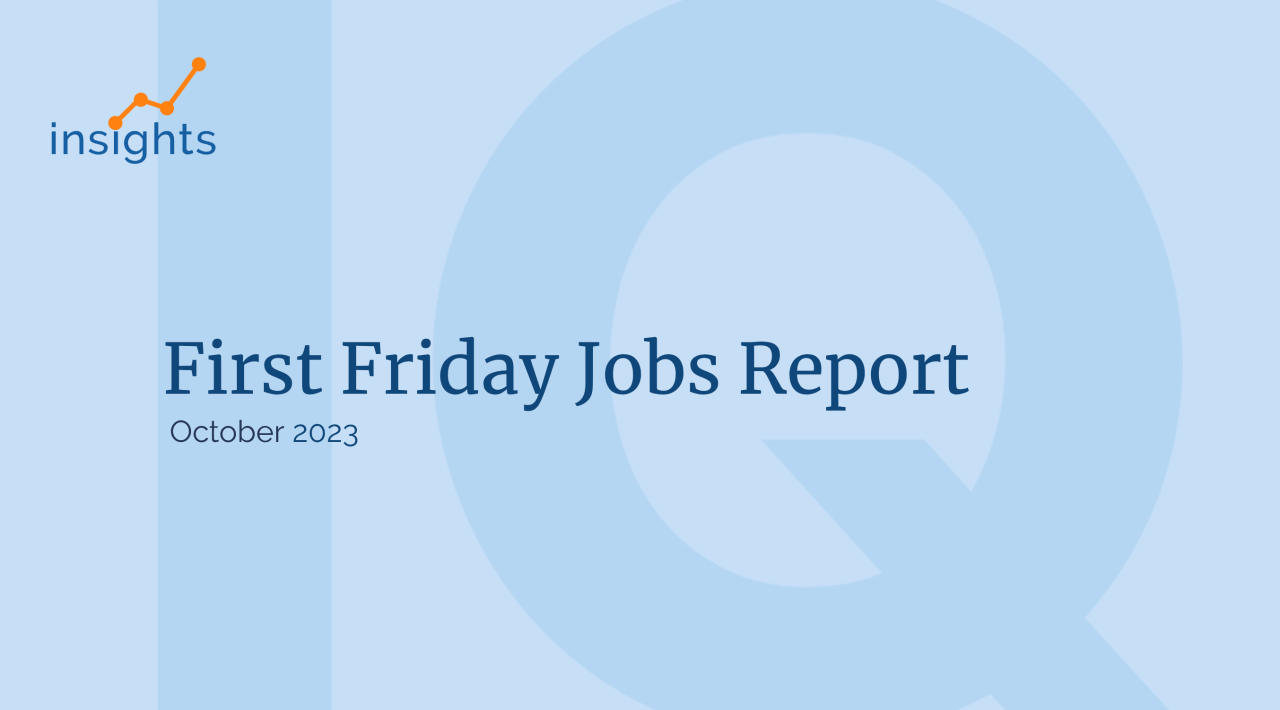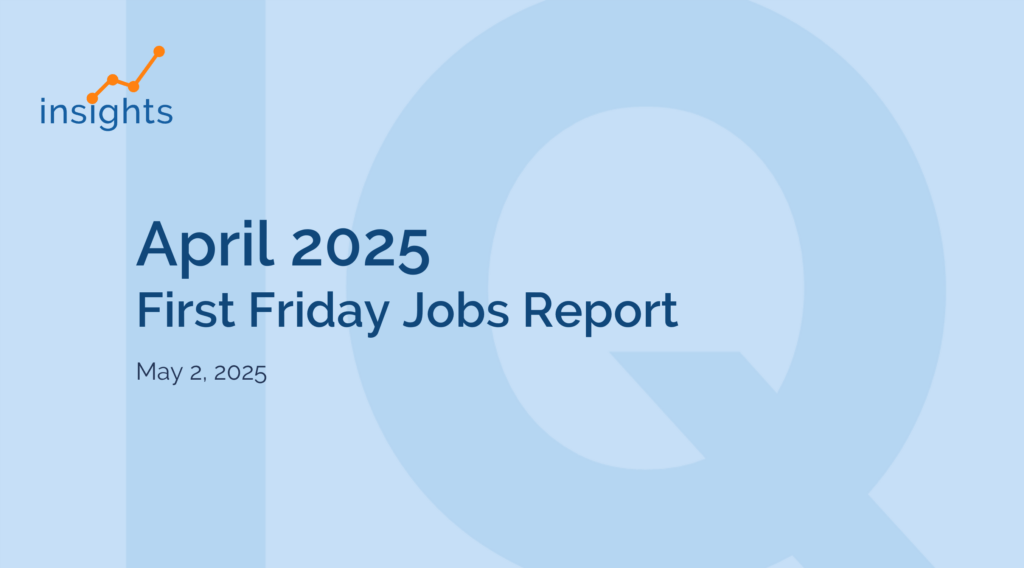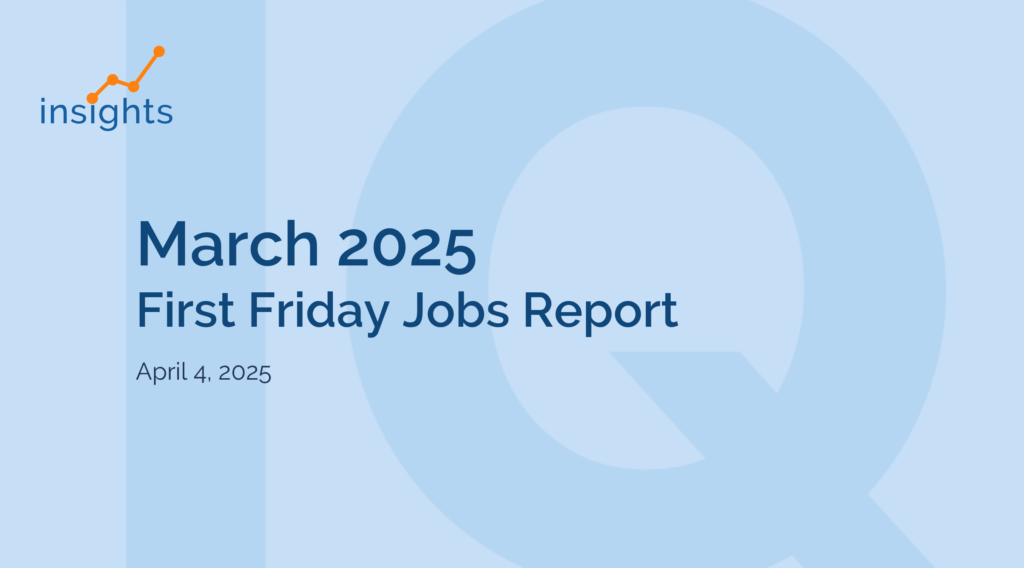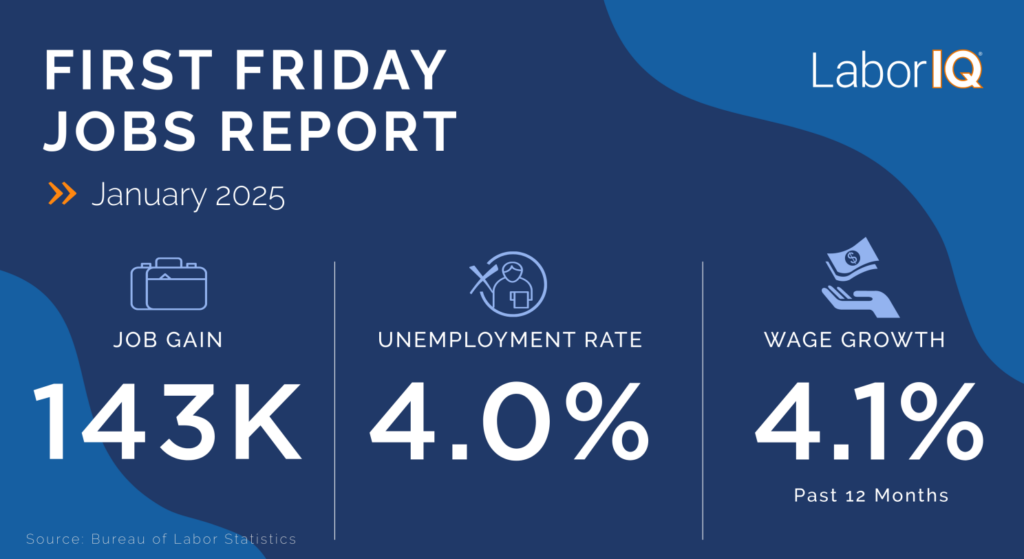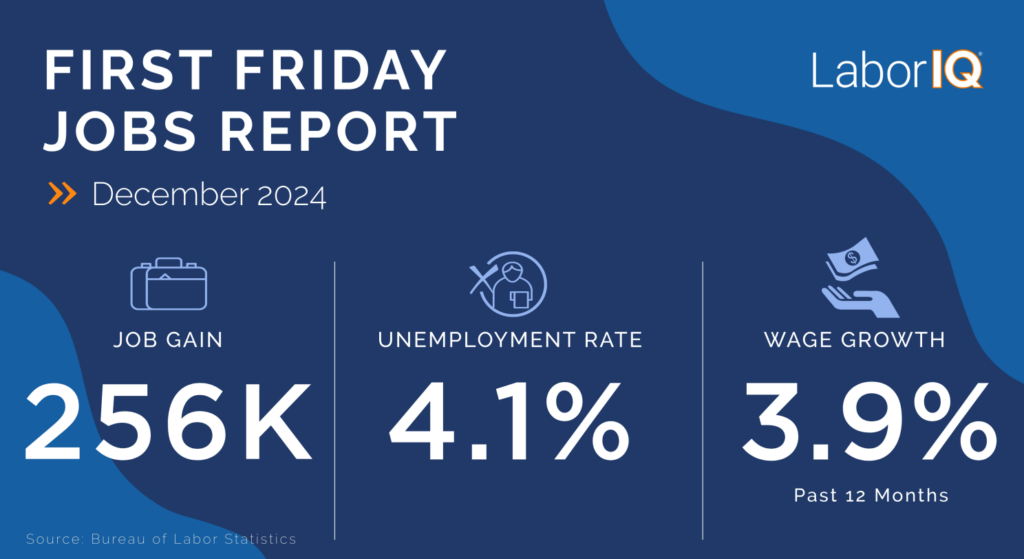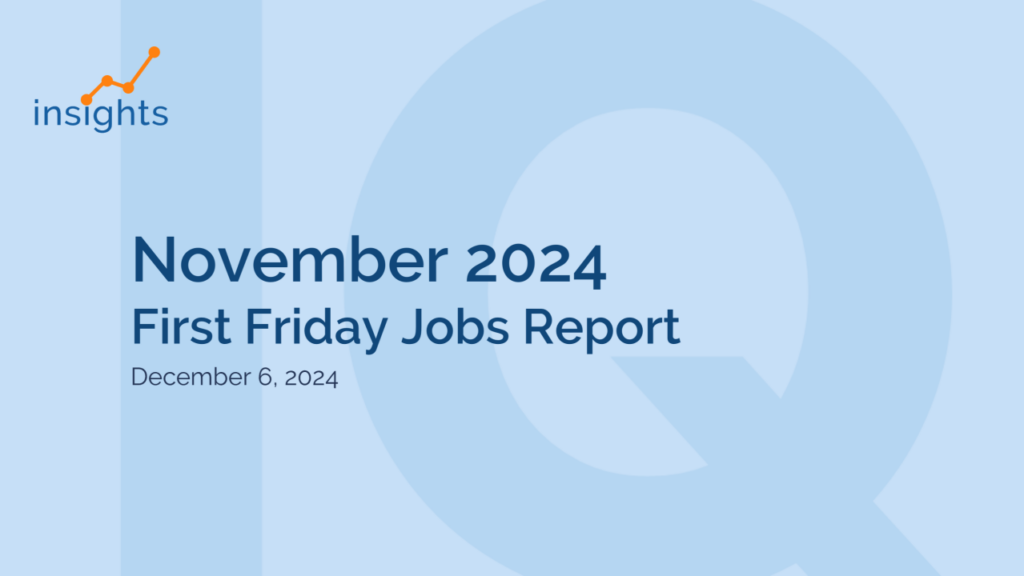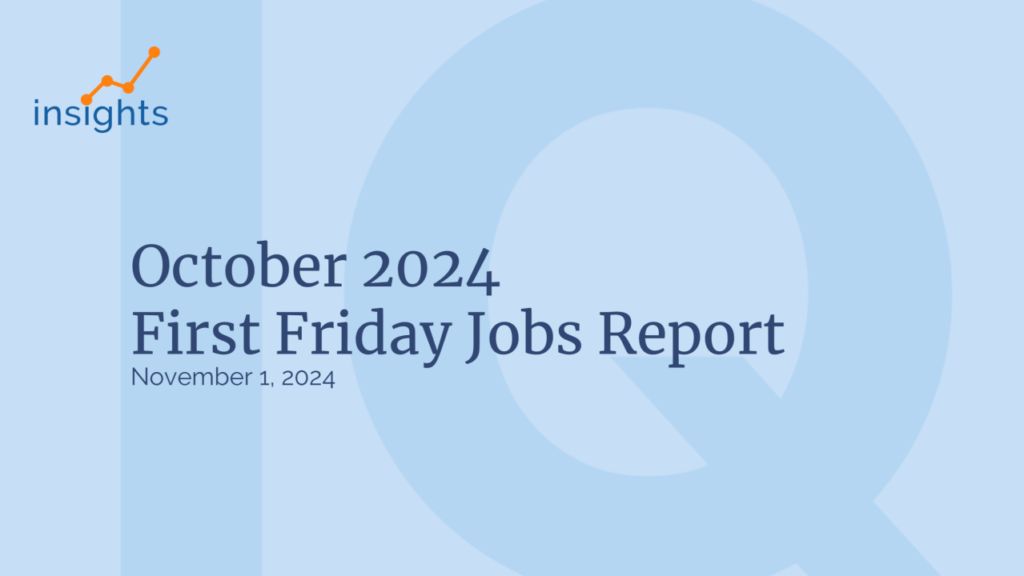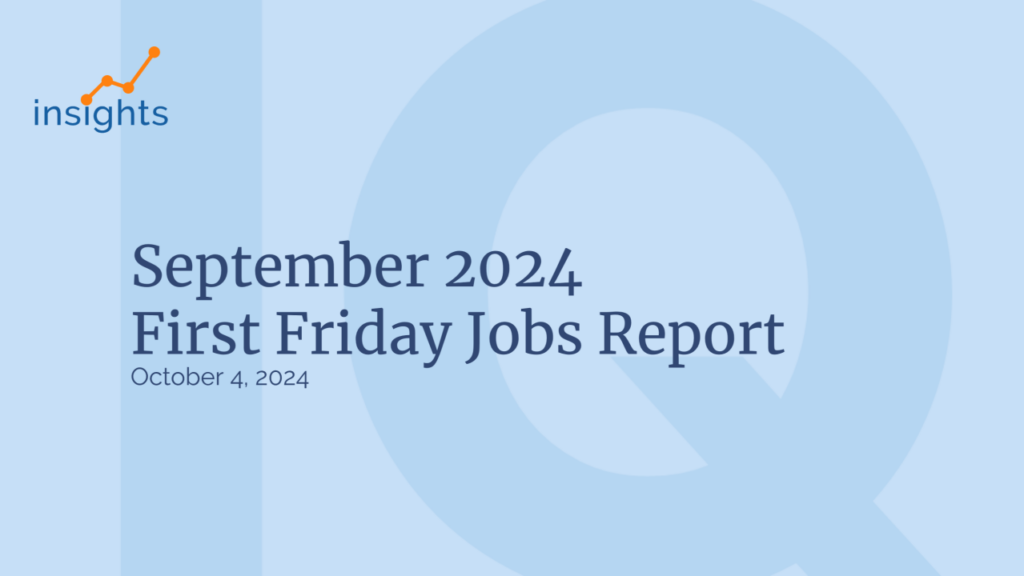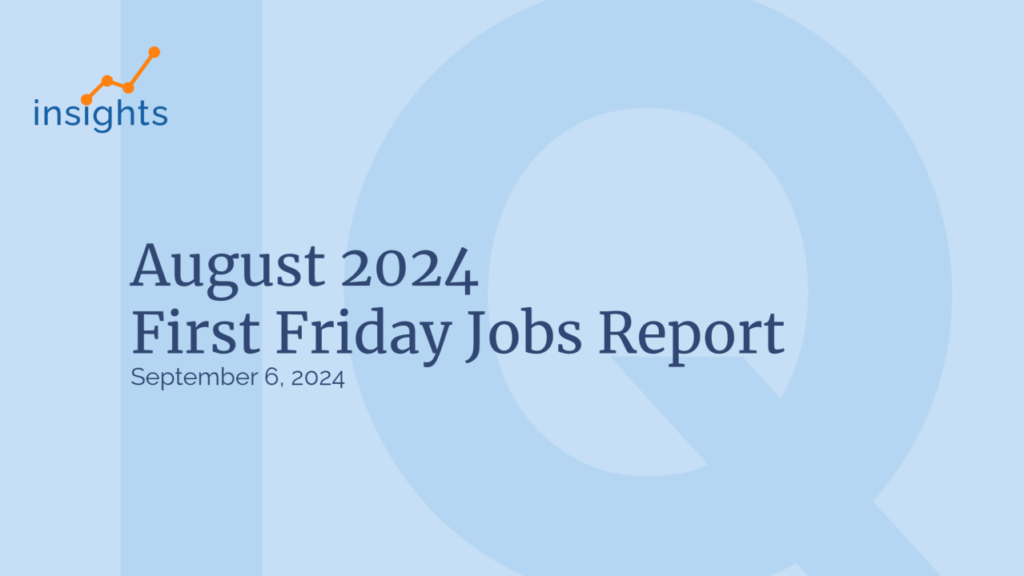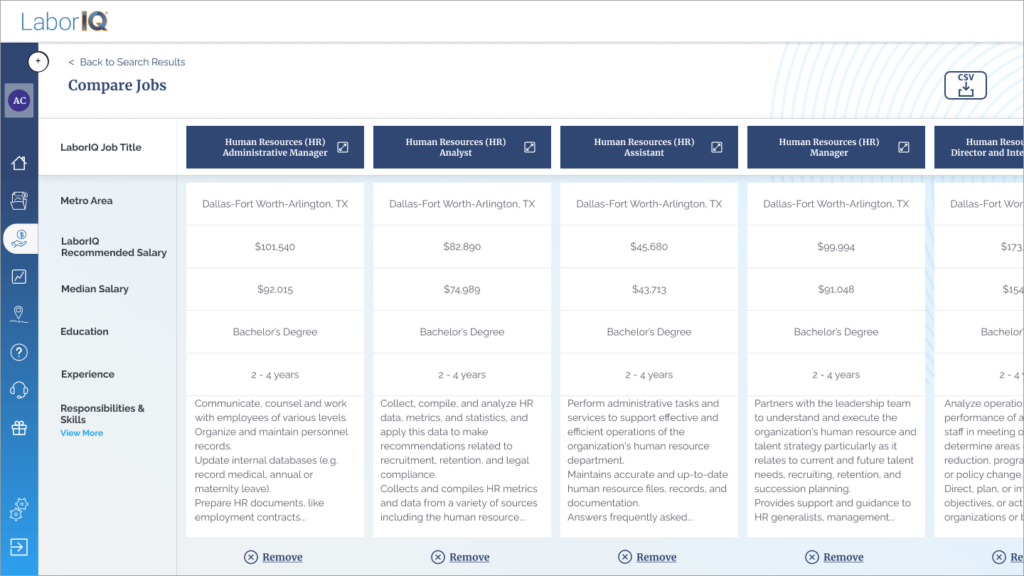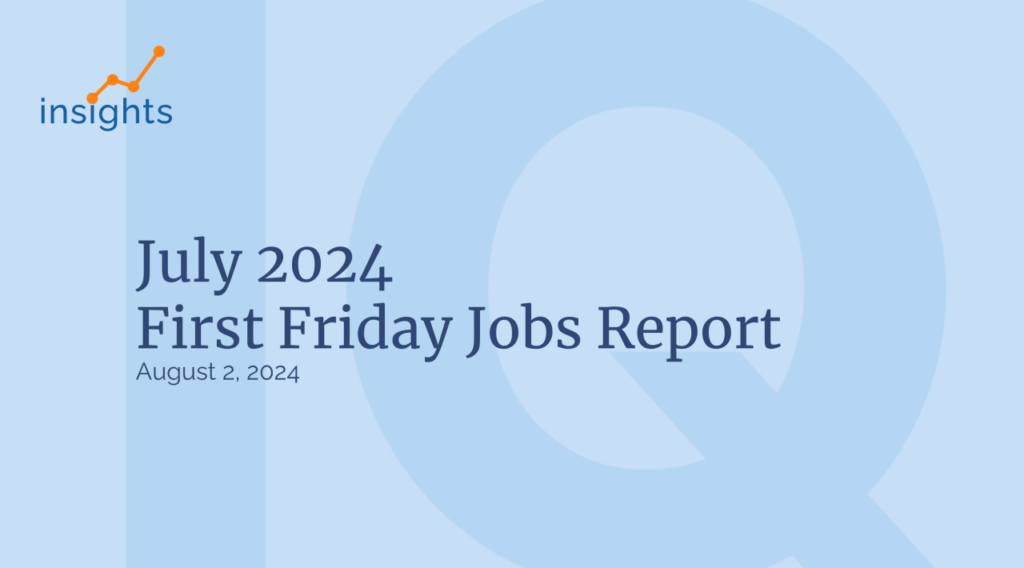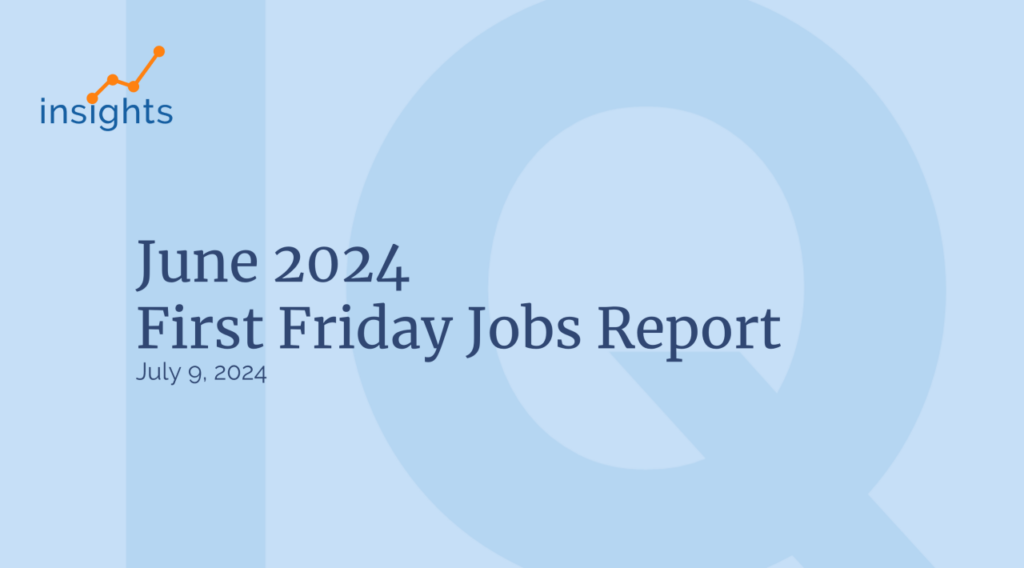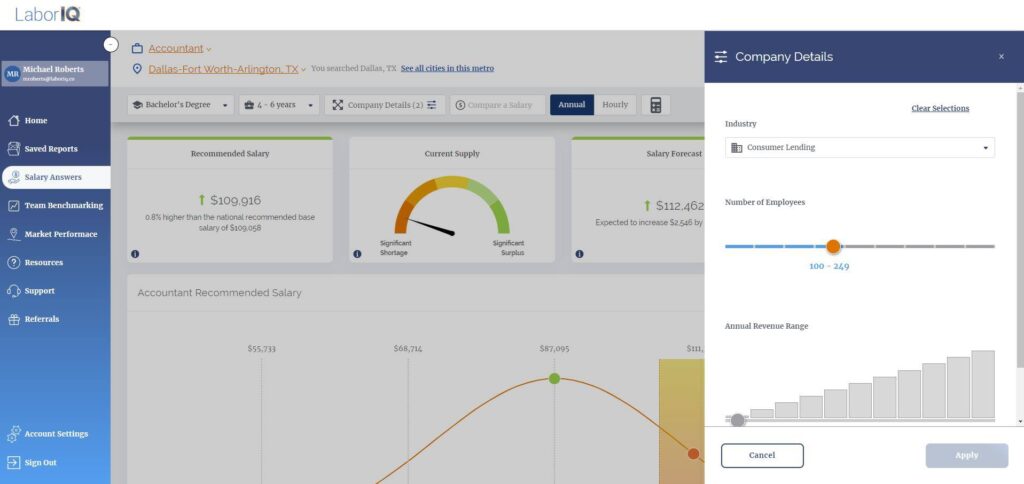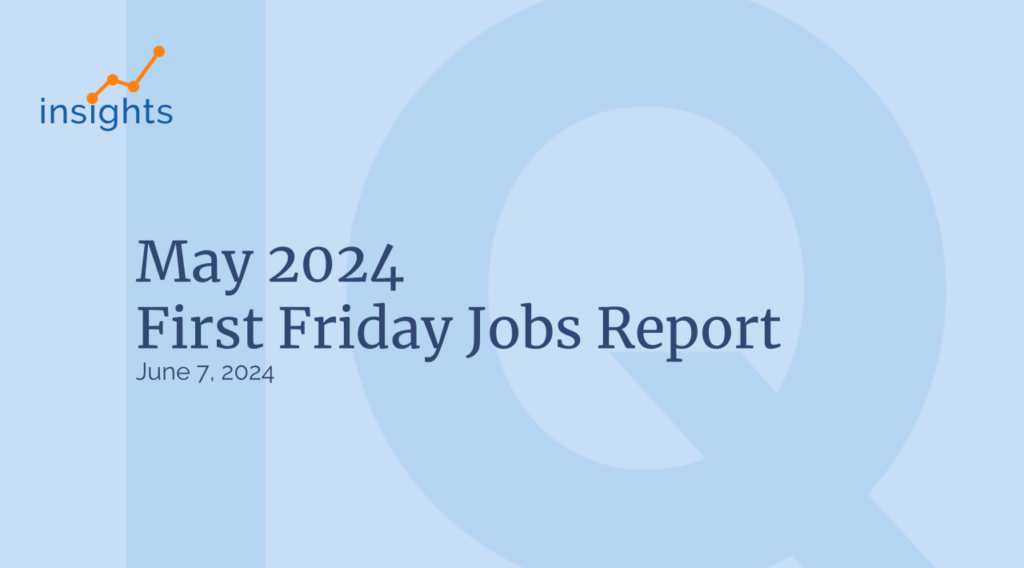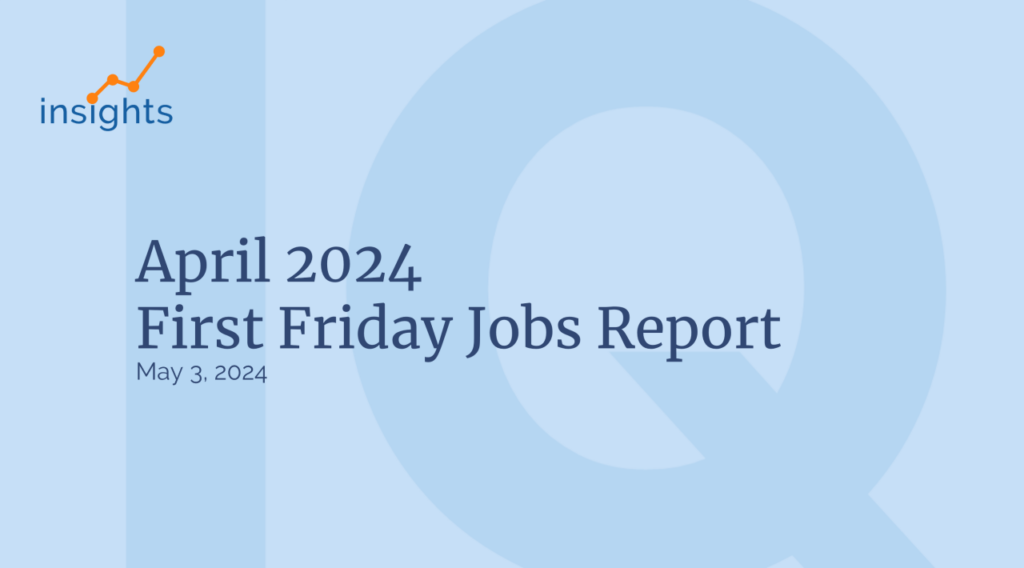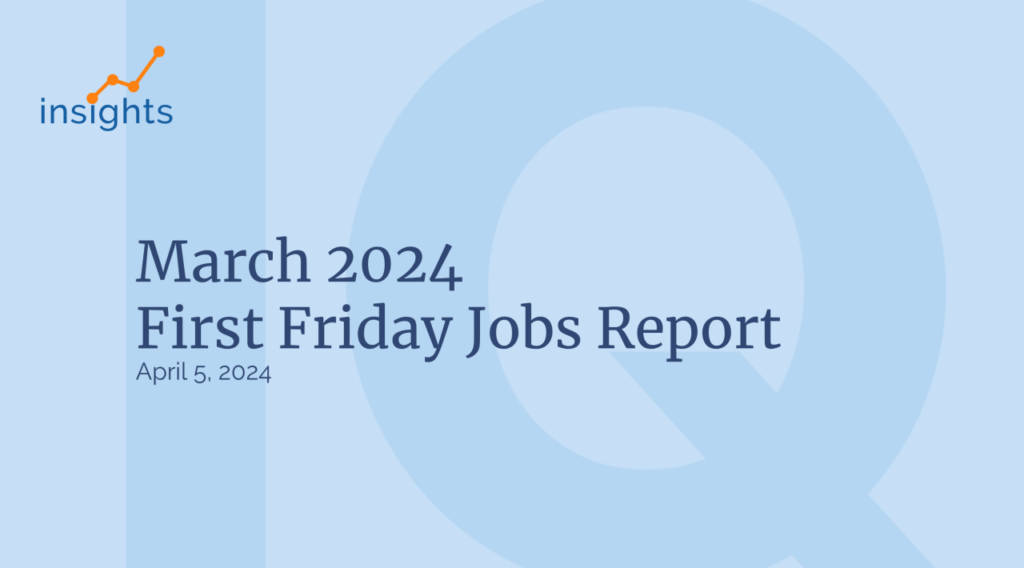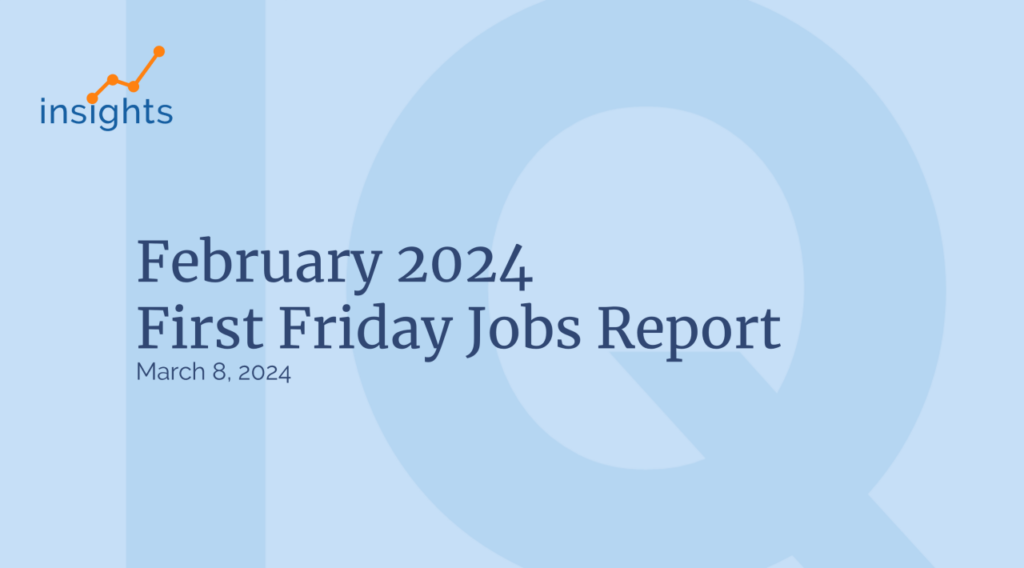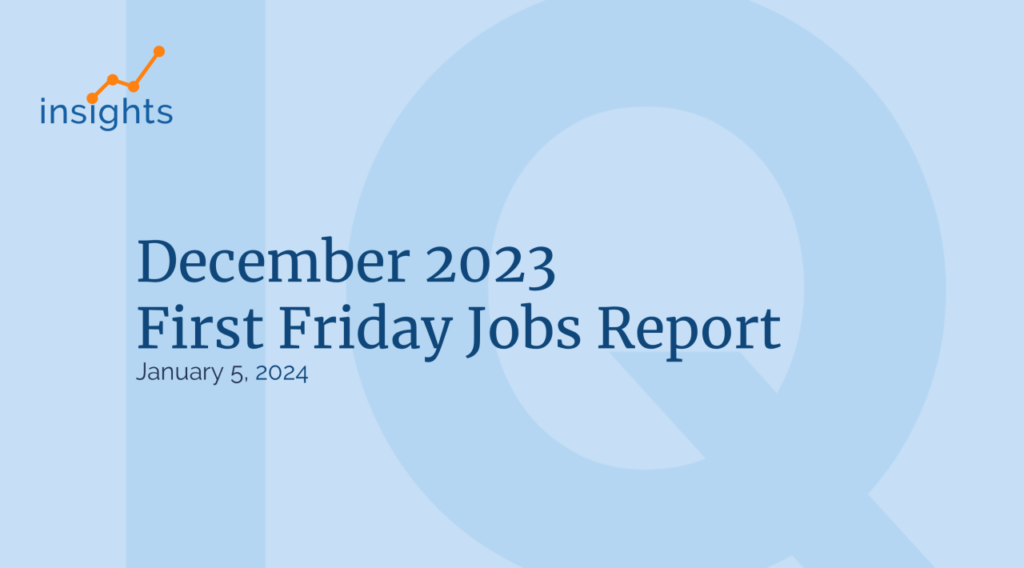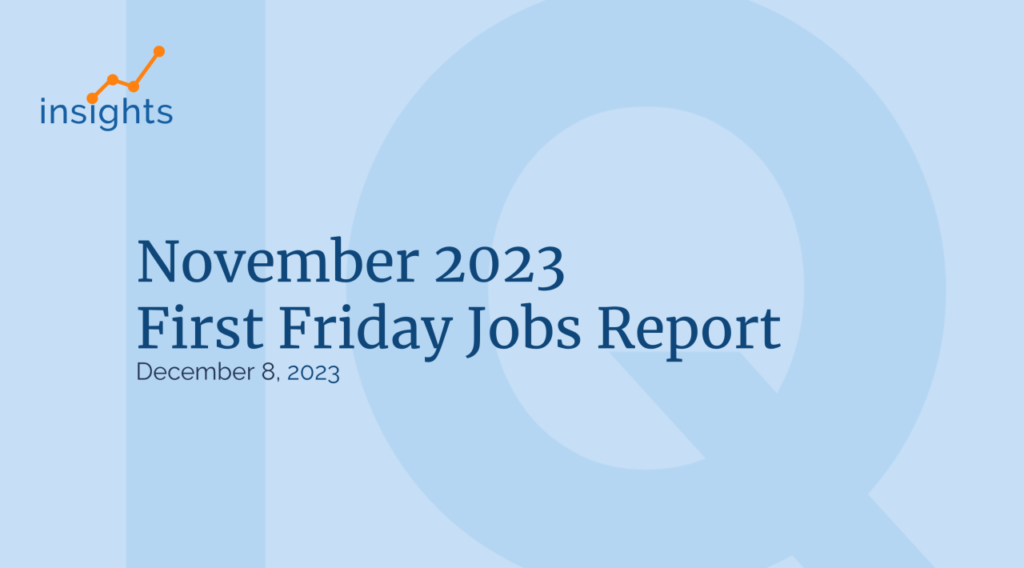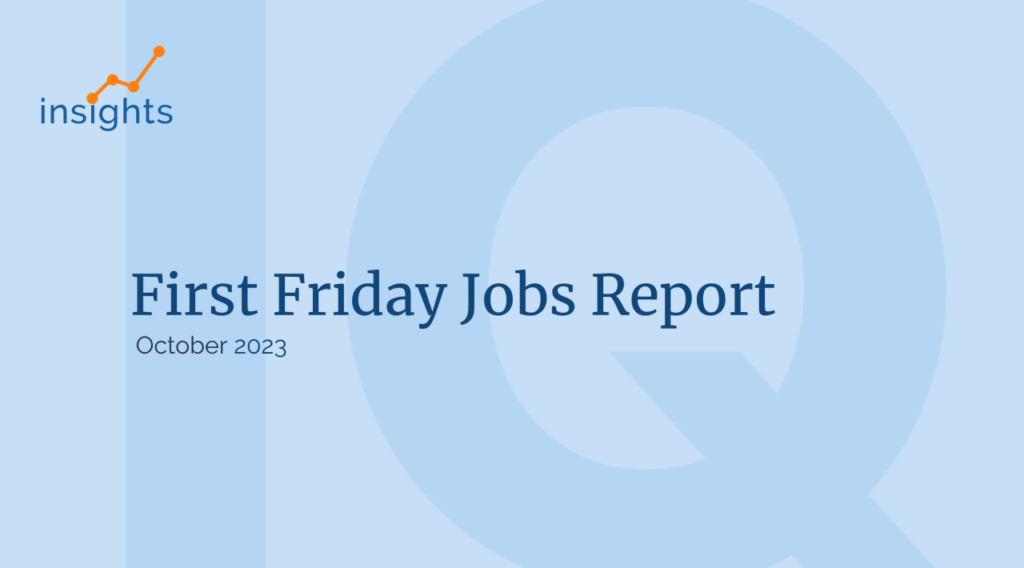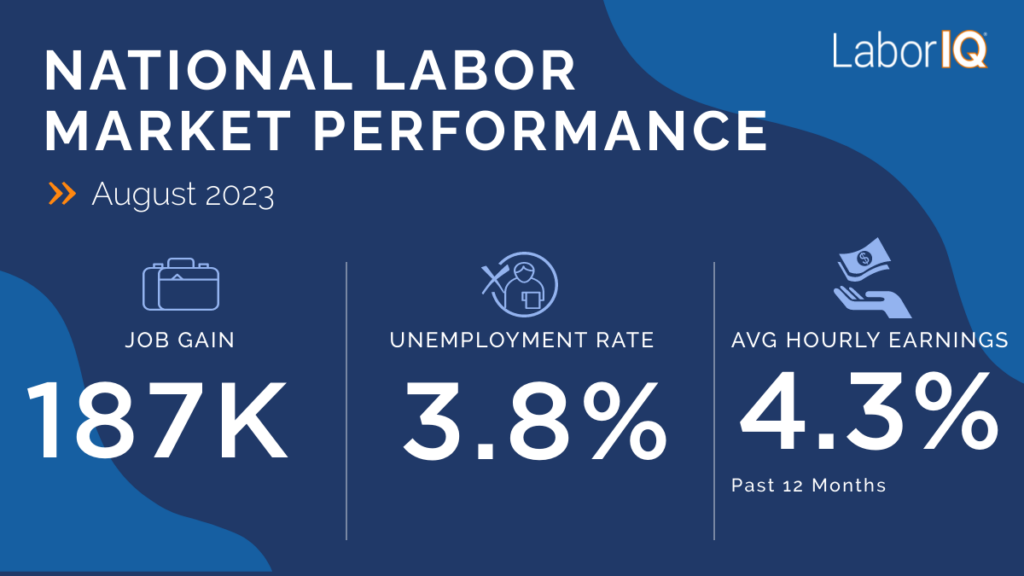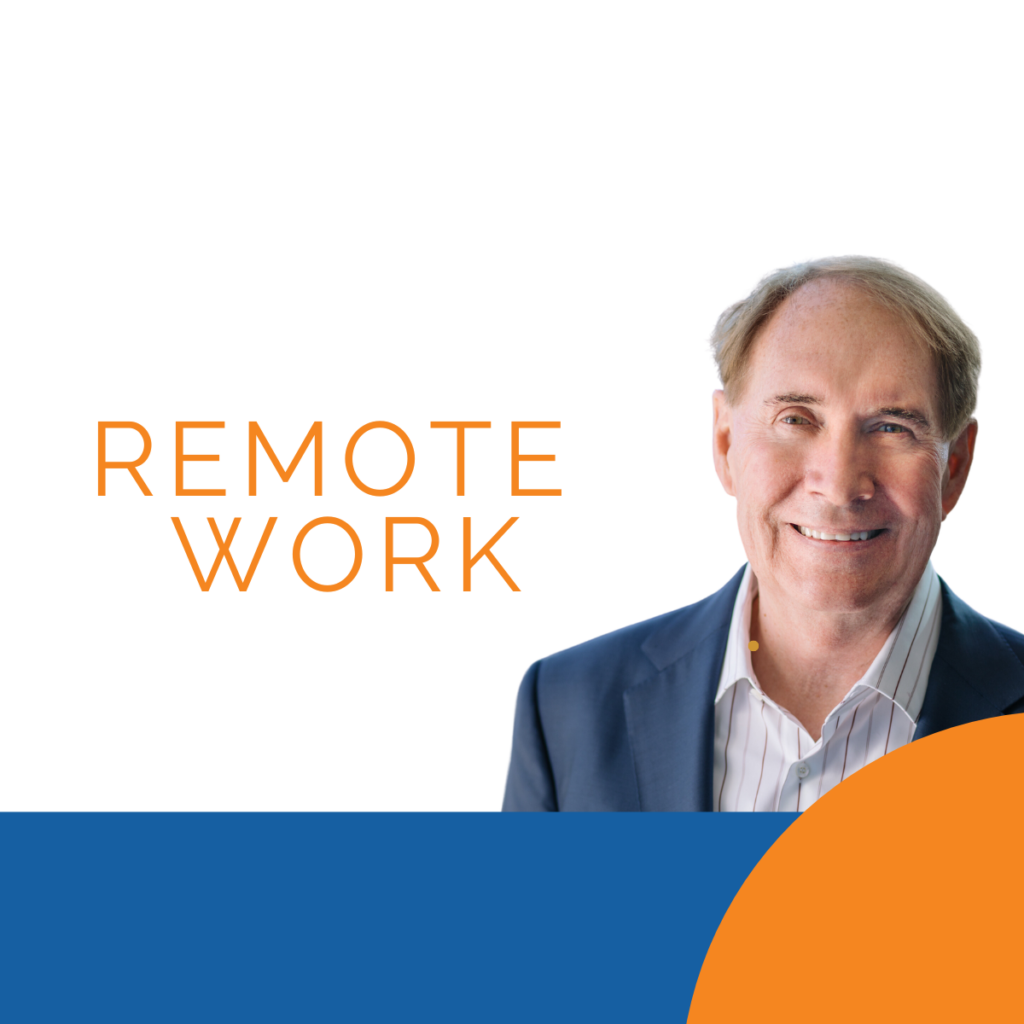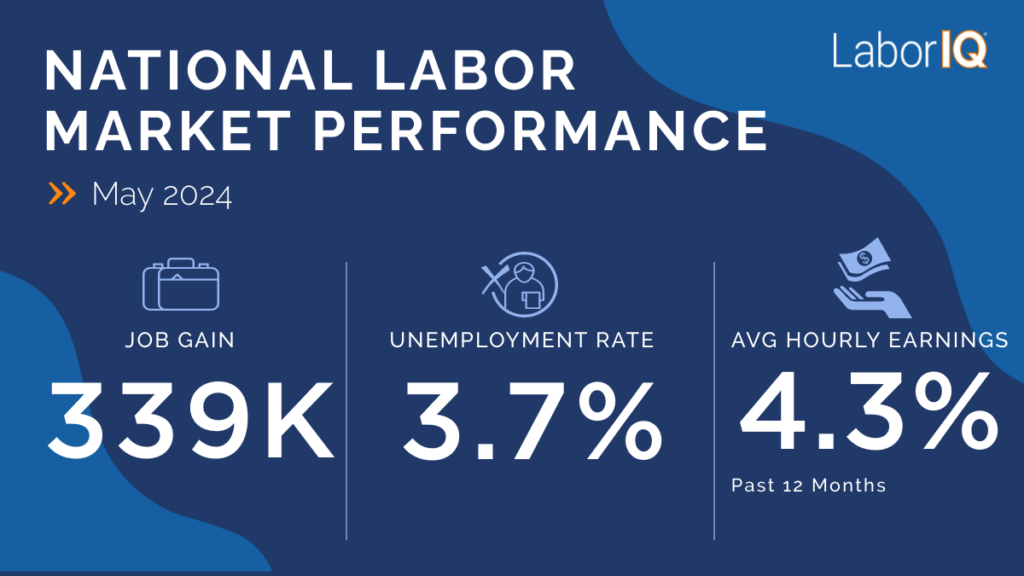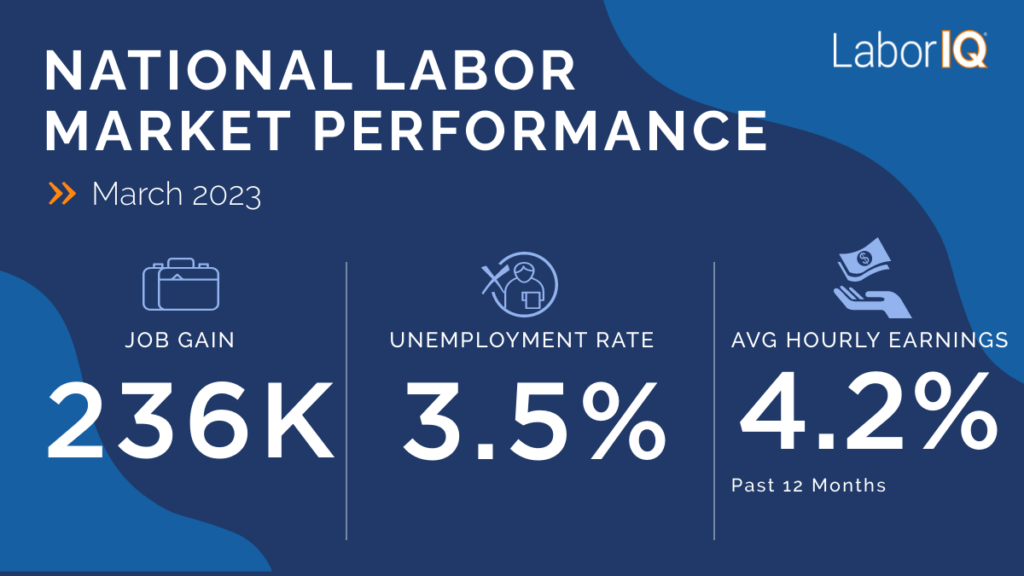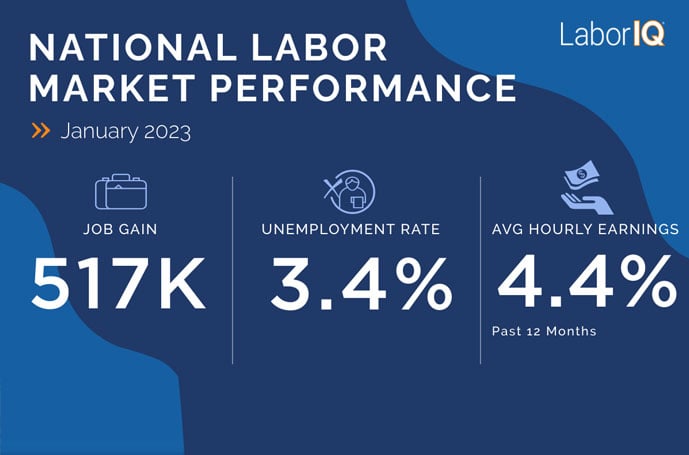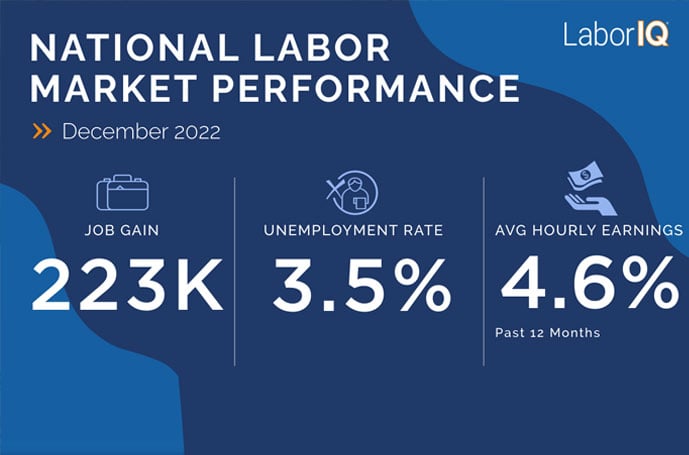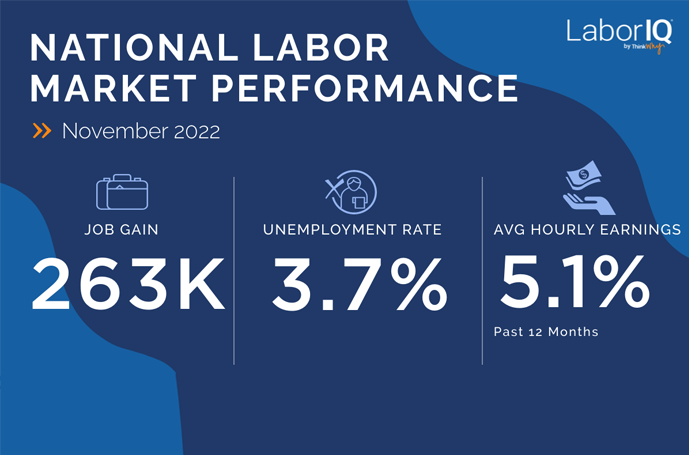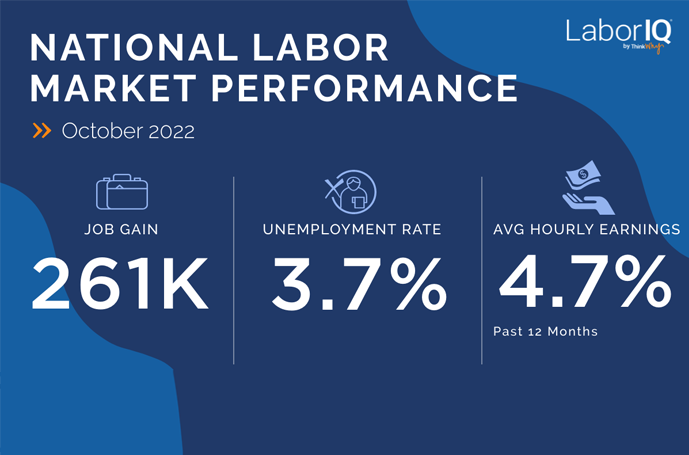Solid gains, but underlying challenges persist
The economy added 150,000 jobs in October, just below economists’ expectations of around 180,000.
A soft landing for the economy remains in sight, but some workers and businesses are feeling more pain. While October’s job gains represent a solid month of growth, similar to what we were experiencing before the pandemic, there are challenges beneath the surface of the very positive top-level numbers.
Job gains are concentrated in certain industries. Healthcare has been bolstered by some normalization following the chaos and burnout of pandemic. And a aging population will keep healthcare roles in high demand for years to come.
Most of the past several months we have had a solid report followed by downward revisions. August and September’s totals were revised downward by 101,000, and that’s been a consistent theme over the past several months.
These revisions probably reflect more of the reality that many are experiencing, where it can be difficult to reconcile lived experiences and headlines touting a strong economy.
Is the economy headed for a soft landing? It sure seems like it, but some are still facing challenges.
Job Gains
Things have slowed from January, when we added 472,000, but 150,000 net new job gains in October means many businesses are still adding roles and backfilling open positions.
October’s job gains continue a streak of 34 straight months of growth. We’ve added 2.4 million jobs so far this year, averaging nearly 240,000 jobs added per month.
August and September’s job gains were revised downward by 101,000, suggesting the economy wasn’t quite as hot last month as initial reports indicated.
While there are definitely some challenges in today’s job market, some economists predicted a major recession in 2023 and nearly 4 million jobs lost.
Industries
A big challenge in the 2023 labor market is that overall strength has masked pockets of weakness. Many workers and businesses are experiencing something very different from the top-level stats and headlines, and often that comes down to industry.
Healthcare keeps adding jobs
Healthcare has been one of the strongest sectors when it comes to job gains over the past few months. In October, healthcare added just over 58,000 jobs, accounting for more than one in three overall job gains. And the broader healthcare and social assistance sector accounted for more than half of the 150,000 total job gains.
➡️Over the short term, the sector, along with others like leisure and hospitality, suffered disproportionately during the pandemic. So the recent gains could represent a return to norms as the industry recovers at a different pace.
➡️But over the long term, this growth is likely to continue due to demographics and our aging population. Since 2000, the median age of the population has increased from around 35 in 2000 to nearly 39 in 2020. An aging population will increase demand for healthcare, a field already impacted by staffing shortages.
Construction shows resilience
Despite headwinds of rising interest rates and subsequent slowdown in the housing market, construction job gains have remained steady. The sector added 23,000 jobs in October. All subsectors, including residential and commercial construction, added jobs.
Strikes have an impact
When the data in October’s jobs report was collected mid-month, nearly 50,000 U.S. workers were on strike mainly across motor vehicle manufacturing and motion picture and video production. The auto workers strike looks like it’s about to be resolved, which should result in an employment increase of around 30,000 jobs in November’s report.
Unemployment Rate
The unemployment rate ticked up to 3.9%. Two unfortunate things contributed to the increase. First, the number of unemployed people increased by 150,000. Second, presenting a challenge to businesses that are hiring, the talent pool shrunk by 200,000 people.
While the unemployment rate has increased from a near-historic low of 3.4% earlier this year, it remains low by historic standards.
For businesses, this means it’s likely going to remain difficult to hire and retain talent. With a relatively low share of the population unemployed and looking for work, recruiting teams will continue to focus on passive talent – those who are already employed – to switch jobs.
Wages and Compensation
After months of hovering between 4.2-4.3%, 12-month wage growth ticked down to 4.1% in October. While not a major shift, the number suggests the labor market continues to cool.
The last reading of inflation, showed consumer prices grew by 3.7% over the past year. Wages are finally growing faster than costs, bringing relief to many workers.
This continued slowdown in wage growth could be a welcome sign for those hoping the Fed will continue to slow interest rate hikes that have raised the cost of borrowing substantially.
Are Things Returning to Normal in the Labor Market?
LaborIQ Chief Analytics Officer Jay Denton writes a monthly column for ERE. Last month, his column highlighted some of the disconnect between positive labor market and economic data with the pessimism among workers and businesses.
Keep in mind that the outlook heading into 2023 was much more dire, and some economists predicted millions of jobs would be lost this year. – Jay Denton for ERE
Here are some of his observations…
-
For some, the labor market in reality is not as strong as it seems on paper.
-
Many job-seekers are facing a prolonged search, with applications for hundreds of positions and landing only a handful of interviews before finding a new role.
-
Recruiters saw some degree of improvement in Q3, following a dismal Q2.
-
While most industries have added jobs this year, September’s report showed that the gains were highly concentrated in leisure and hospitality, government, or healthcare.
-
Net new job gains are expected to be lower in 2024 compared to this year, but turnover may remain elevated.
-
Backfilling open roles — and preventing them through retention and compensation strategies — should be a main focus for TA and HR teams.

